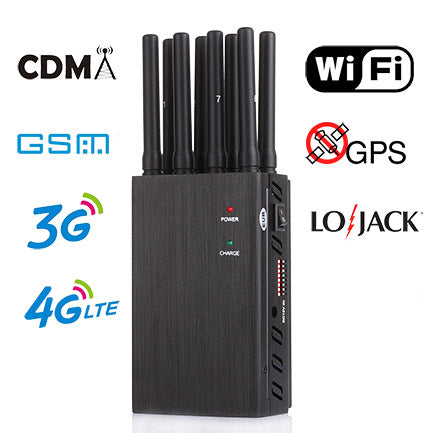What are the differences between internal antenna signal jammers and external antenna signal jammers?
Currently, signal jammers for sale are widely used in examination rooms, cells, detention centers and other places to effectively prevent staff from using mobile phones in violation of regulations, ensure fair and reasonable examinations, and maintain discipline and safety in cells. But do you know that signal jammers are divided into built-in antenna jammers and external antenna jammers? What's the difference between the two?
In terms of appearance materials, built-in antenna jammers generally use plastic casings, while external antenna jammers use plastic casings.
In terms of application methods, the biggest feature of the built-in antenna jammer is that it does not require additional wiring and is very convenient to use. You only need to plug in the electricity and it is ready to use.

External antenna jammers must be connected to each other in a reasonable manner, and the power of the antenna must match the frequency on the entire body and be tightly sealed. In addition, because the casing of the external antenna jammer is made of metal, heat is dissipated through the surface metal, so the entire body will be relatively easy to heat up, which is also a normal situation.
Built-in antenna shields are also divided into built-in omnidirectional antennas or built-in directional antennas. Among them, the omnidirectional antenna is shielded 360 degrees, and the directional antenna is shielded in a curve (120 degrees horizontally, 90 degrees vertically). Most cost-effective shields used in examination rooms have built-in omnidirectional antennas. , because all classrooms must be shielded.
The external antenna jammer is basically omnidirectional, with the antenna as the core sending 360-degree omnidirectional signals.
Which one is more effective, an external antenna signal jammer or an internal antenna jammer? The effect of a cell phone signal jammer is mainly determined by the power. If the device has the same wattage, the shielding effect of the external antenna and the internal antenna is determined by the gain value of the antenna. The antenna with the higher gain value The higher the power, the stronger the shielding effect. Therefore, the quality of the shielding effect cannot be judged just from the built-in and external antennas!













